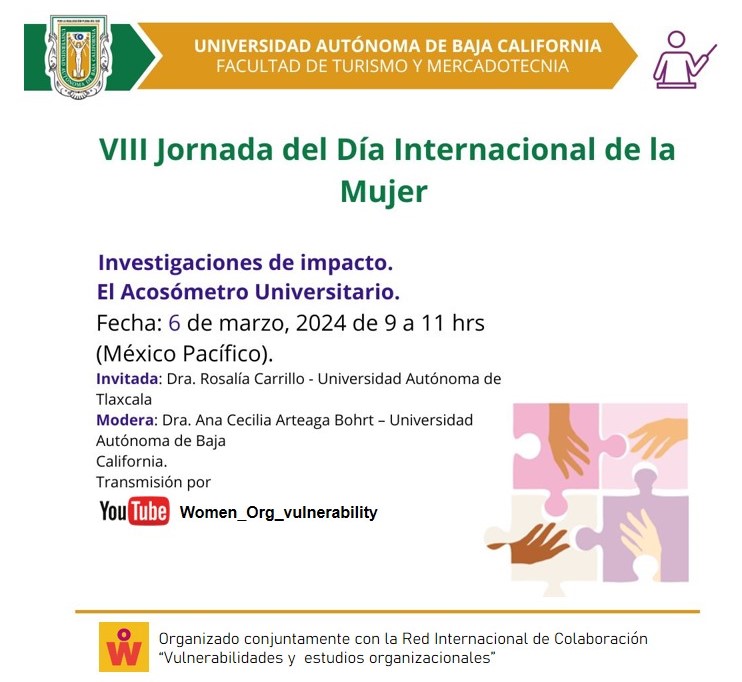Purpose: Comparing the effect of serious game and problem-based learning on nursing students’ knowledge and clinical decision-making skill regarding the application of transfusion medicine in pediatric nursing.
Design and methods: In this quasi-experimental study, 76 undergraduate nursing students were enrolled through a convenience sampling method, and were allocated to one of the three groups of serious game, problem-based learning, and control through the block randomization method. Data were collected using a valid and reliable 3-part researcher-made tool, completed before and two weeks after the intervention. Statistical analysis was performed using paired t-test, analysis of covariance, and Bonferroni post hoc test. A significance level of <0.05 was considered.
Results: After the intervention, mean scores of both knowledge and clinical decision-making skill increased significantly in both intervention groups (p < 0.05). Mean post-test scores of both knowledge and clinical decision-making skill in the serious game group, and only clinical decision-making skill in the problem-based learning group were significantly higher than the control group (p < 0.05). However, no significant difference was observed regarding mean post-test scores of both knowledge and clinical decision-making skill between the intervention groups (p > 0.05).
Conclusions: Both serious game and problem-based learning are proven to be effective in improving nursing students’ knowledge and clinical decision-making skill regarding the application of transfusion medicine in pediatric nursing.
Practice implications: Since learning now occurs beyond classrooms and the new generation of students spend most of their time in virtual places, utilizing technology-based teaching methods like serious games can benefit both educators and students by providing continuous education, saving their time and expenses, etc
⁎ Corresponding author.
E-mail address: zahra_taheri@gums.ac.ir (Z. Taheri-Ezbarami)
https://doi.org/10.1016/j.pedn.2024.01.010
